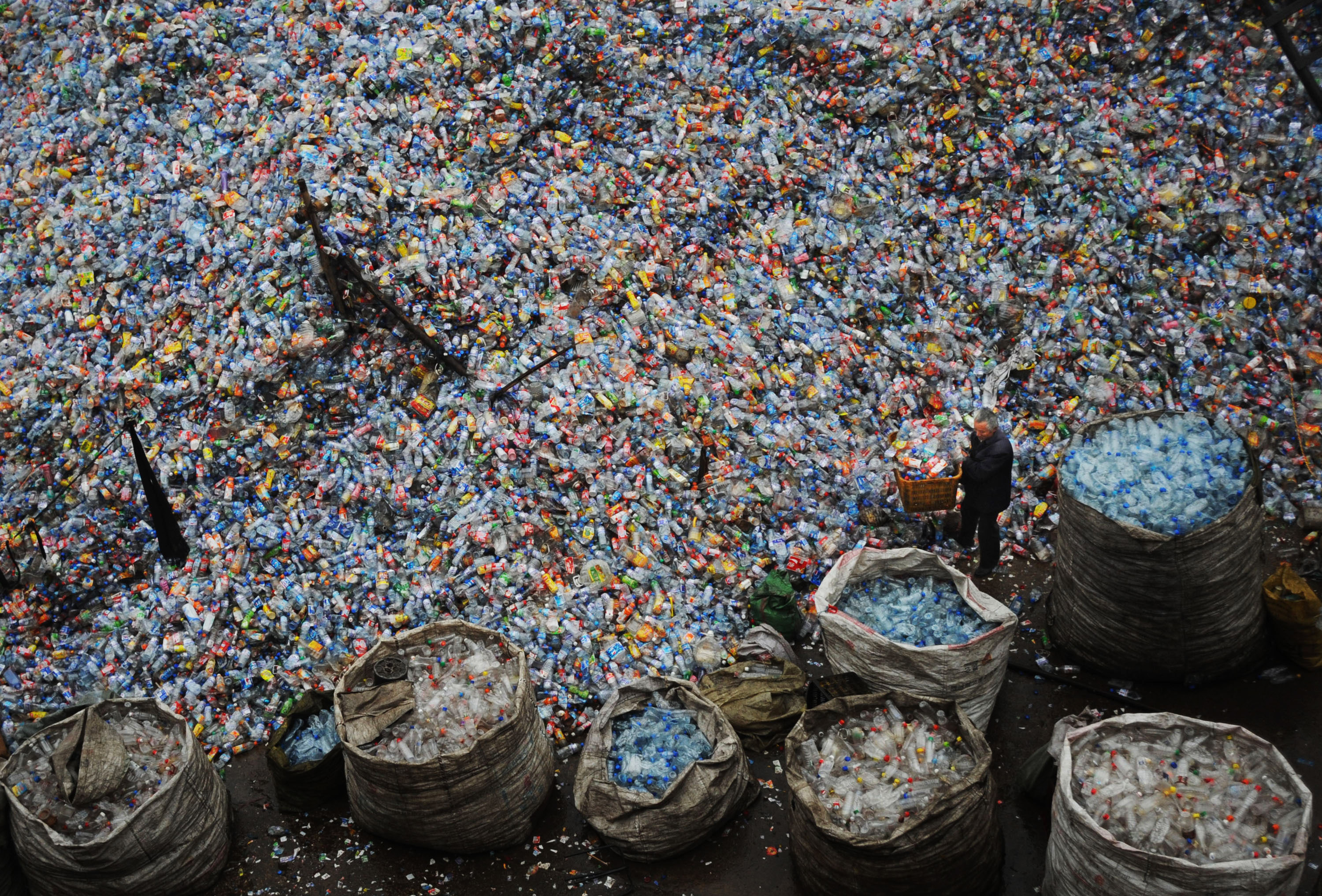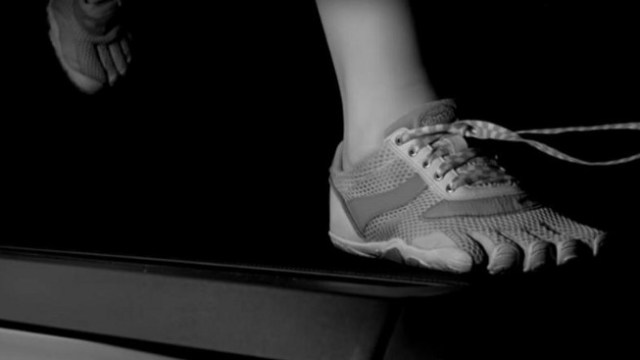Stop Throwing Your Broken Stuff Out. Go to a Repair Cafe and Fix It Yourself.

So much for Reduce-Reuse-Recycle.
The average American throws out around 185 pounds of plastic each year. It has been estimated that our oceans now have 110 million tons of plastic trash, with 8 million tons of plastics being dumped into the oceans each year.
Something has to change. That’s where Repair Cafes fit in.
While a lot of focus has been placed on the third R, recycling, we often overlook the need to reuse–getting the maximum life out of our gadgets and household items. Here’s the problem: we tend to live in a throwaway culture where items are built to be replaced as opposed to repaired, and we often lack the necessary know-how if we wanted to fix the item.
Repair Cafes solve this problem by creating social community events where you can bring in your broken items to have fixed, free of change. And instead of a repair shop where you would still be dependent on someone else’s skill set, Repair Cafes operate by having attendees fix their own items alongside the guidance of the skilled volunteers. It’s one part maker movement, one part environmental awareness, and one part social gathering. It is also multi-generational.
You could throw your stuff away…. or you could save money & the environment and get things fixed! #bradfordonavon#repaircafe#reducewastepic.twitter.com/078SKPClbc
— BoA Town Council (@BoATownCouncil) April 18, 2017
"We believe that in the coming years more and more people will understand that fixing is better than throwing away and replacing," states Nina Blanken from the Repair Café Foundation. "More and more people will see that resources are limited, and that we will have to share them with more and more people in the future as the world population grows. In this situation, more people will understand that throwing away an item when it's broken without even trying to repair it, is not sustainable and that this lifestyle cannot be continued."
The Repair Cafe movement was started in 2009 by Martine Postma in Amsterdam and has since grown to over 1200 throughout the globe. Is there one in your area? You can search the list here. While the majority of the repair cafes are currently located in Europe, Nina Blanken stated that the concept is seeing growth in the United States, Canada, Australia, and New Zealand. The Repair Cafe Foundation is also predicting growth in Japan.
If you can't find one by you, you can always start your own.
The following video is from Repair Cafe Palo Alto, an area of the country responsible for a lot the shiny broken objects that are stuffed in the back of your closet.
So many of our environmental decisions seem to be influenced by the amount of friction in the process. For example, the easier we make recycling the more we recycle. Although many of us have the intention of fixing an item, the fact that we don't know how (or that paying someone would cost near the same amount as a replacement) becomes the friction. Repair Cafes not only make fixing something easy (it's free), but it is done with the overall goal of building community along with learning new skills. Its aim is towards a more sustainable future.
Let's see if we can slowing start moving our throwaway culture towards a DIY culture.
--
Want to connect? Reach out @TechEthicist and on Facebook. Exploring the ethical, legal, and emotional impact of social media & tech.





